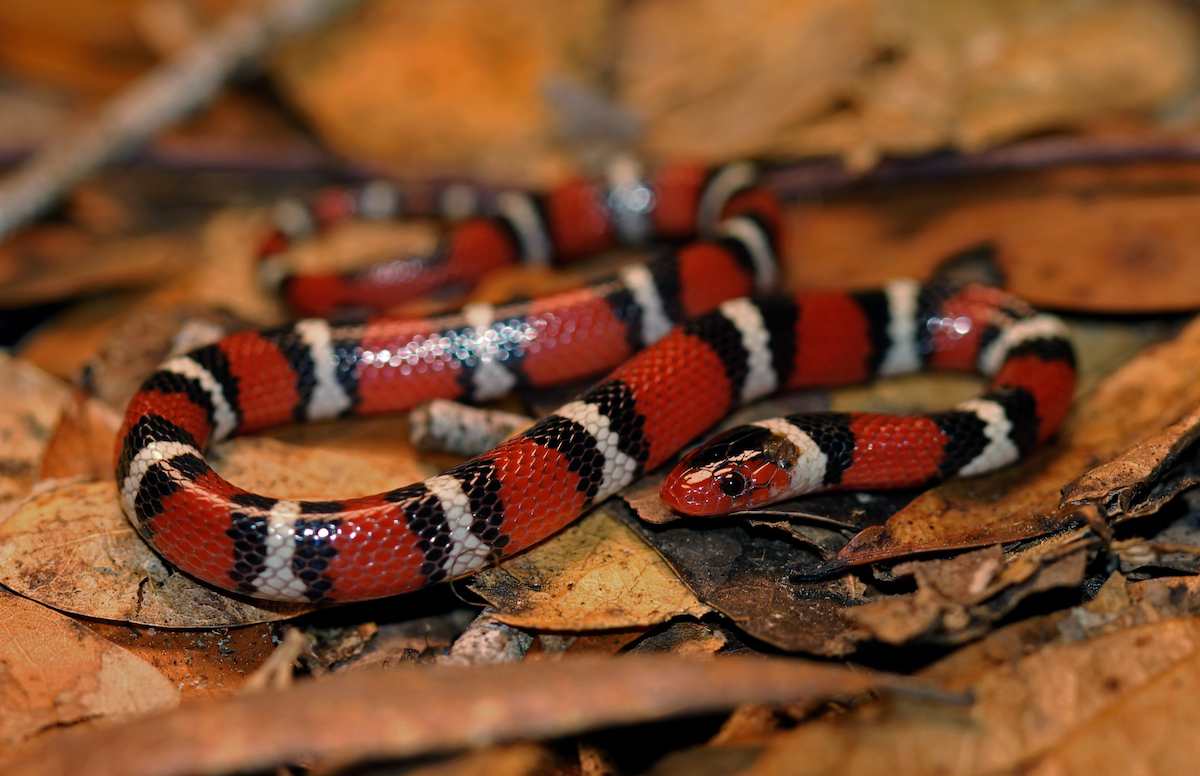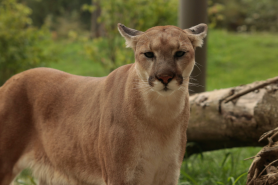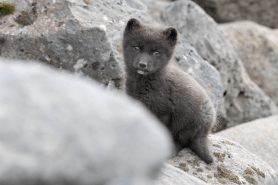

The saying goes, mimicry is the highest form of flattery. For these five animals, mimicry is a way of life, and, in fact, it’s a big reason they’re so good at staying alive.
Videos by Outdoors with Bear Grylls
In biology, mimicry is a “phenomenon characterized by the superficial resemblance of two or more organisms that are not closely related taxonomically.” The mimic gains an advantage by pretending to be the original—or part of the original. Smart, right?
So, which animals make a living as mimics? Here are five.
- Mimic octopus
Octopuses are the kings of camouflage and the masters of mimicking. The mimic octopus stands out even among cephalopods as a species that knows how to trick onlookers. Using the color-changing pigments in its skin and its flexible body, a mimic octopus might transform into what appears to be a flatfish (something its predators would pass up as a meal), a venomous sea snake, or a poisonous lionfish.
- Bumblebee robberfly
Robberflies, also called assassin flies, eat other insects by injecting an immobilizing venom into their bodies. Bumblebee robberflies have fuzzy yellow-and-black bands on their bodies that make them look suspiciously like bumble bees. In fact, robberflies eat bumble bees, and they benefit from looking like something they’re not.
- Scarlet kingsnake
A classic example of mimicry in the animal kingdom is the scarlet kingsnake, a nonvenomous snake that looks pretty identical to the venomous eastern coral snake. Both species have red, yellow (or white), and black bands on their bodies. Since it has no venom, the scarlet kingsnake relies on its mimicry to trick predators into thinking it’s dangerous.

- Orchid mantis
The orchid mantis looks like a beautiful flower in bloom, but it’s deadly. The pink-and-white mantis, which lives in the rainforests of Southeast Asia, lures unsuspecting pollinators to its petal-like body, then strikes.
- Viceroy butterfly
Sometimes animals benefit from looking alike, and it’s not clear which species is mimicking the other. For instance, orange-and-black monarch butterflies are toxic, and their predators know it. Viceroy butterflies look very similar, and, it turns out, they’re toxic too. The two species have shared predators, and their orange-and-black coloration is a huge flag to stay away.
From insects that look like sticks to fish that dangle fleshy bits in front of their mouths to trick prey into coming close, there are many other examples of mimicry in the animal world—and there are different versions of it too.
For instance, the bronze cuckoo is what’s known as a brood parasite. It lays eggs that look like another species’ eggs, so it can trick other bird moms into raising its young. It may not be good parenting, but it does ensure species survival.
What other examples of mimicry would you add to this list? Tell us in the comments below.









